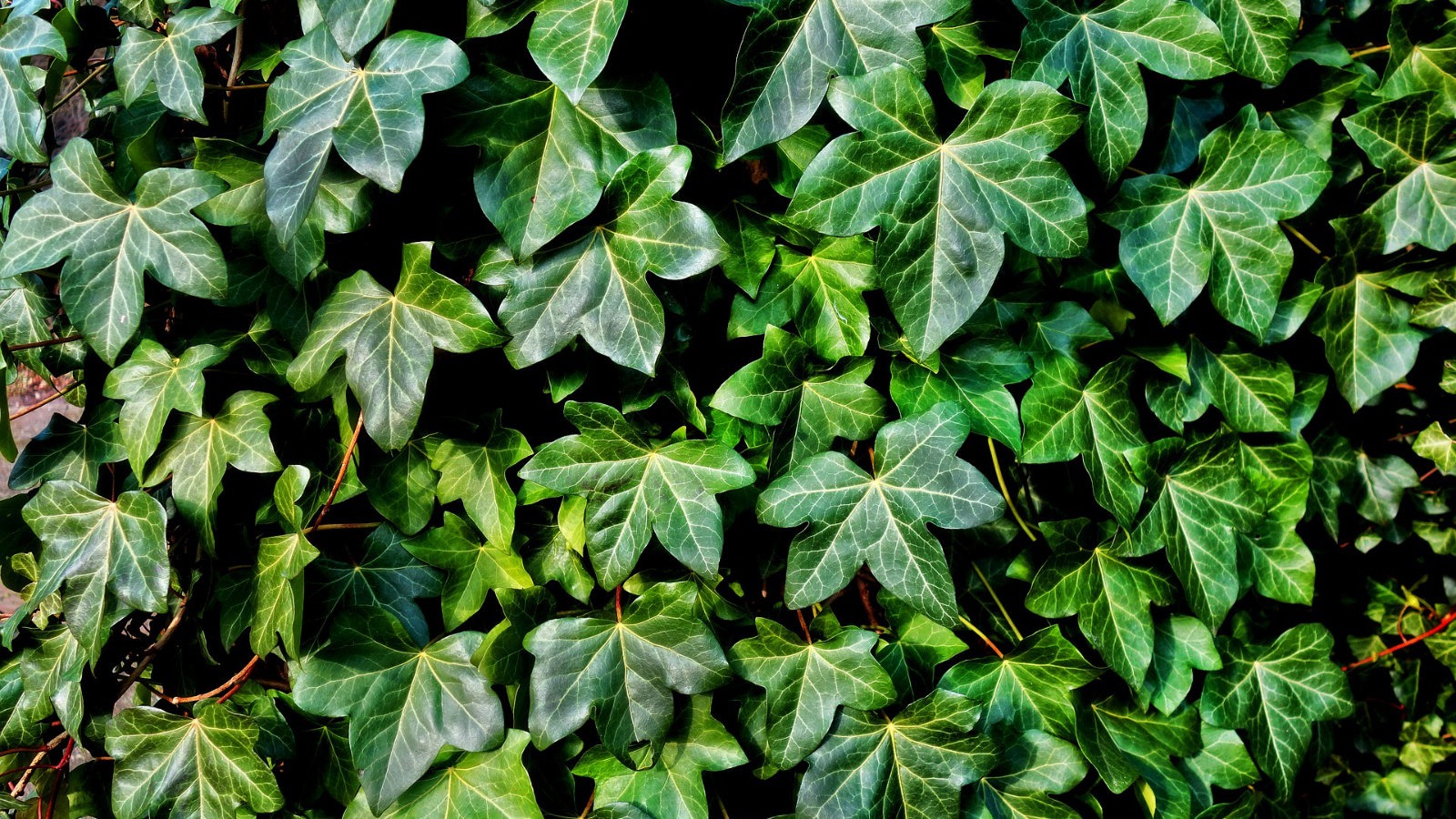This woody climber is probably one of the most beneficial plants you can have in your wildlife garden. It provides food and shelter for birds, mammals and insects throughout the year, most importantly when food is scarce in the harsh winter months. Climbing up a firm substrate, such as a wall or tree (don’t worry, Ivy doesn’t strangle trees!) provides animals with a suitable refuge when nesting or roosting. Wrens in particular love to hunker down in Ivy, where they can roost communally and find food, amongst the dense foliage.
The flowers this lovely climber produces, are a rich source of nectar and attract butterflies and moth into the garden. Blackbirds love to eat the juicy berries, which are a vital resource, but be warned, they are poisonous to humans!
Latin name: Hedera helix
Identification
- Plant Height: Up to 30 meters high.
- Leaves: The leaves are dark green, glossy and occur in two shapes, palmate and unlobed cordate
- Flowers: >Tiny light green flowers which have 5 petals, accompanied by black berries
- Habitat found: Widespread and can be found in many different habitats
- Flowering time: September – November
- Attracts: Butterflies, bees, birds and moths
In the garden
This evergreen scrambler does well, like most plants, in rich, well-drained soil but can tolerate most soil conditions and can cope with full sunshine, in fact, it can grow anywhere!
Did you know?
Like Holly, Ivy was believed to have magical powers and at Christmas kept households safe from demons. In counties such as Shropshire, it was thought that drinking from an Ivy-wood cup would cure whooping cough.
